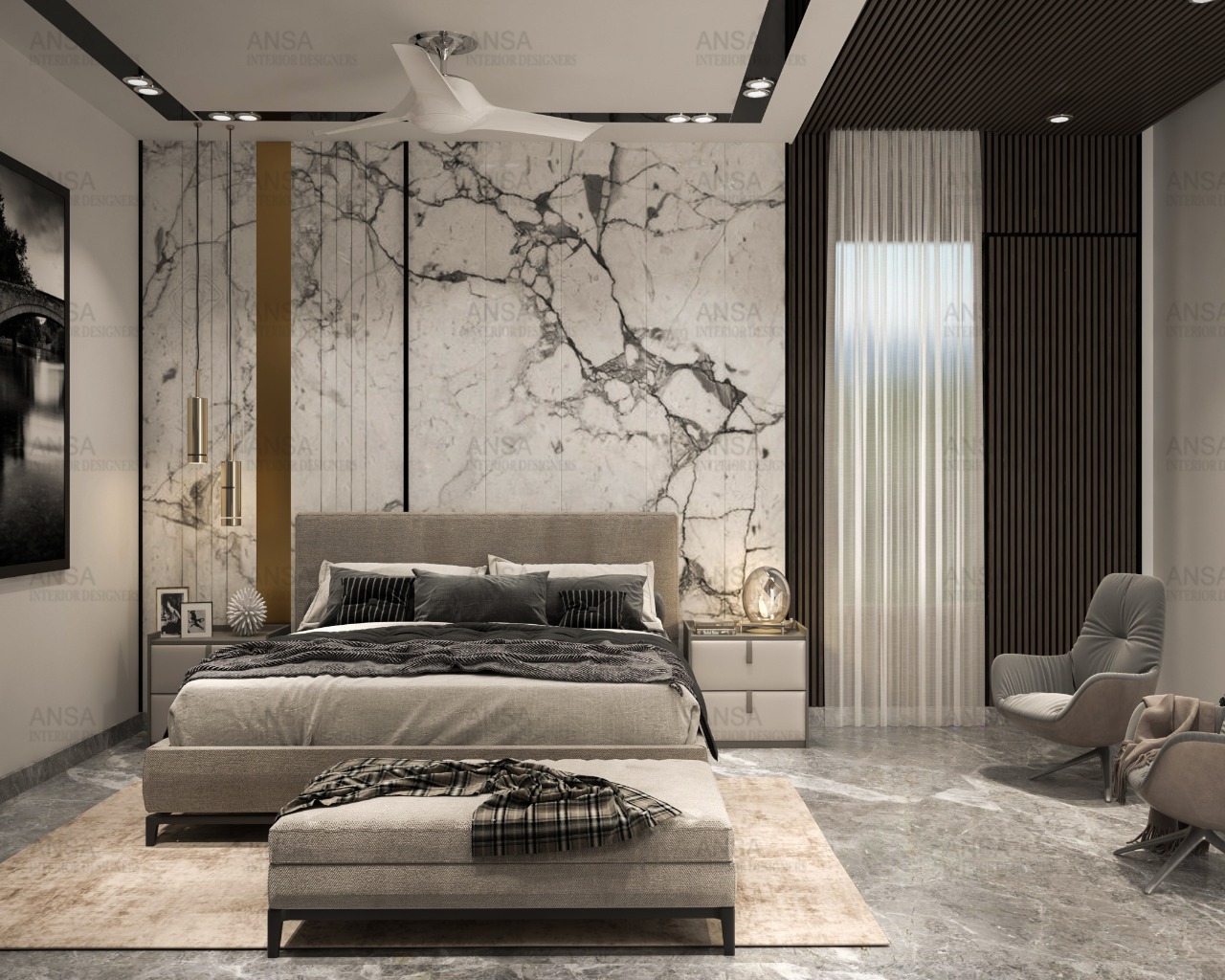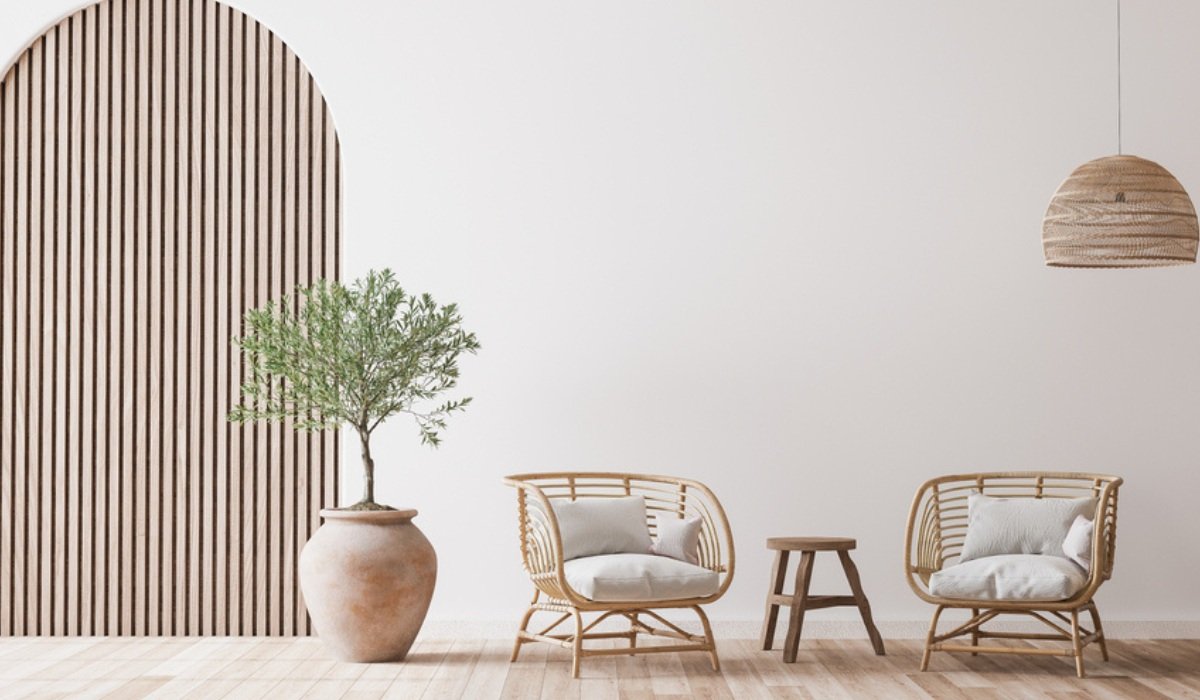Transform Your Room with Specialist Interior Design Miami Solutions
Transform Your Room with Specialist Interior Design Miami Solutions
Blog Article
Why Understanding the Principles of Inside Design Is Crucial for Effective Space Preparation
Comprehending the principles of indoor layout is essential to reliable space preparation, as it lays the foundation for producing environments that harmonize performance with aesthetic charm. Essential elements such as balance, proportion, and flow are not simply attractive factors to consider; they are critical in maximizing how a space is utilized.
Importance of Room Planning
Area planning is a basic element of interior layout that considerably affects the performance and aesthetic appeals of an area. It involves the critical arrangement of furnishings, components, and building components to optimize using offered room while boosting the overall customer experience. Effective room preparation addresses various aspects, including flow, accessibility, and the details needs of the occupants.
Among the main advantages of room planning is its ability to improve spatial efficiency. Interior design studio Miami. By attentively organizing a format, designers can ensure that every area offers an objective, reducing clutter and advertising a feeling of order. In addition, proper space planning promotes a harmonious atmosphere, permitting smooth motion and interaction within a space
In addition, successful space planning takes right into account all-natural light, sightlines, and the relationship between various areas. This holistic approach not just raises the visual allure yet additionally contributes to the health and efficiency of the owners. Inevitably, a well-executed space plan is important in producing a balanced and welcoming environment, making it crucial for any type of interior decoration project.
Trick Concepts of Interior Decoration

One fundamental concept is balance, which can be balanced, asymmetrical, or radial. Balanced balance produces a feeling of order, while asymmetrical equilibrium offers a more dynamic visual allure. One more critical concept is proportion and range, making sure that the size of furniture and decor elements associate harmoniously per other and the overall area.
Color concept also plays a substantial function, influencing mood and understanding. Designers use color combinations to evoke certain feelings and improve the spatial experience. Furthermore, the principle of rhythm entails creating a feeling of activity via rep of shapes, patterns, or colors, leading the eye throughout the area.
Lastly, the concept of emphasis directs attention to prime focus, permitting a clear narrative within the style. Luxury Interior designer Miami. By sticking to these essential principles, interior designers can create atmospheres that not only satisfy practical demands however likewise resonate with the passengers on an emotional degree
Effect On Functionality and Circulation

The arrangement of furniture, the option of products, and the integration of technology all play crucial roles in attaining ideal capability. Putting seating locations in distance to workspaces can help with interaction and partnership, consequently boosting efficiency. Furthermore, making certain that paths are unblocked and clear enables efficient activity, minimizing congestion and promoting a natural flow throughout the room.
In addition, incorporating elements such as illumination and color can additionally assist in defining areas, making it easier for people to browse their environment. Thoughtful area planning takes into consideration not only the physical aspects of layout yet also how customers communicate with their environments. Ultimately, a focus on capability and flow not only enhances the user experience yet additionally boosts the overall effectiveness of the space, creating an environment that satisfies the needs of its occupants while fostering a sense of consistency and equilibrium.
Enhancing Visual Appeals and State Of Mind
3 crucial elements-- shade, lighting, and appearance-- play critical duties in enhancing the looks and mood of an indoor area. Shade establishes the psychological tone; warm shades like oranges and reds evoke energy and warmth, while cooler tones such as blues and environment-friendlies advertise calmness and serenity. Choosing an unified shade combination can transform a space, producing a cohesive and aesthetically attractive environment.
Structure includes deepness and rate of interest, adding to the tactile experience within a space. A mix company website of structures-- smooth surfaces, deluxe materials, and natural products-- can produce aesthetic intrigue and boost comfort. Combining a soft velour sofa with a sleek glass coffee table can create a balanced visual that invites communication.
Lighting, often an overlooked aspect, significantly influences mood. All-natural light fosters an open, ventilated atmosphere, while tactically placed fabricated illumination can develop warmth and emphasize building features. Dimmer buttons make it possible for flexibility, enabling modifications to match numerous activities or times of day.
Including these three elements attentively not only boosts the aesthetic appeal of a space however likewise grows an ambience that reverberates with its desired purpose, inevitably enhancing the general experience for its owners.
Practical Applications in Real Life
Using indoor style principles in reality needs a thoughtful approach that integrates shade, structure, and lights into day-to-day areas. By understanding how these elements interact, people can produce environments that are not just visually enticing but also functional our website and unified.
For example, in a little living location, utilizing a light shade combination can make the area feel bigger and extra open. Strategic use of mirrors can boost all-natural light and create an illusion of depth. Including various textures through textiles, such as carpets and pillows, can include warmth and interest without overwhelming the senses.
Illumination plays an essential duty in specifying the environment. Layered lighting, including ambient, job, and accent alternatives, enables flexibility in state of mind setups. In an office, for example, a mix of all-natural light, desk lights, and ornamental fixtures can enhance productivity while preserving a welcoming ambiance.
Additionally, comprehending spatial connections and furniture setup can lead to enhanced functionality. By adhering to concepts such as balance and percentage, one can make certain that rooms offer their desired purpose while remaining visually pleasing. In general, functional applications of indoor layout principles significantly improve the livability and allure of any type of setting.
Conclusion
To conclude, comprehending the principles of interior layout is crucial for reliable area preparation, as it promotes an equilibrium in between functionality and looks. By using crucial ideas such as percentage, color theory, and circulation, developers can produce settings that enhance both usability and visual appeal. Inevitably, this knowledge see this adds to the growth of rooms that not just satisfy functional needs but additionally elevate the total ambience, causing more effective and enjoyable experiences for customers.
Recognizing the principles of indoor design is fundamental to reliable room planning, as it lays the foundation for developing atmospheres that balance performance with aesthetic appeal.Room preparation is a fundamental aspect of indoor layout that substantially affects the functionality and looks of an area. In addition, proper space preparation cultivates a harmonious setting, permitting for seamless motion and communication within a room.
In addition, the concept of rhythm includes producing a sense of activity through repetition of forms, shades, or patterns, leading the eye throughout the space.
In verdict, comprehending the principles of interior design is vital for effective area planning, as it promotes an equilibrium between functionality and aesthetics.
Report this page